



HISTÓRIA DA
BALEAÇÃO NAS FLORES

Português


MUSEU DA
FÁBRICA DA BALEIA DO BOQUEIRÃO
HORÁRIO
Segunda a sábado – 9H00/12H00 e 14H00/17H00
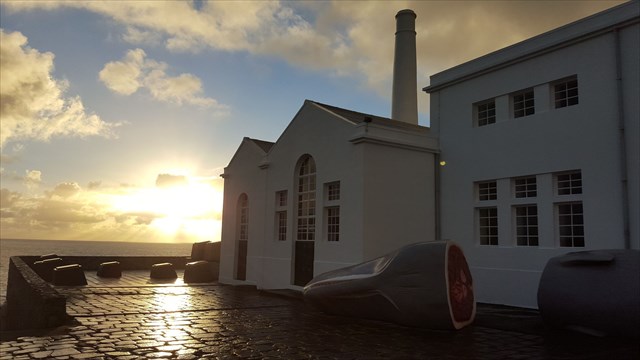
A Fábrica Baleeira do Boqueirão é património da Câmara Municipal de Stª Cruz das Flores, e foi adquirida pela Edilidade com vista a preservação e valorização da memória da Baleação na Ilha, que teve grandes reflexos na realidade socioeconómica local e deixou marcas assinaladas no panorama cultural da Ilha.
Importa frisar que a Fábrica em questão (hoje Museu), está incluída no circuito de baleação no Guia dos Itinerários Culturais das Regiões da Europa - Trabalho editado em 1990 (Ano Europeu de Turismo) sob os auspícios da Comissão das Comunidades Europeias.
HISTÓRIA DA BALEAÇÃO NAS FLORES
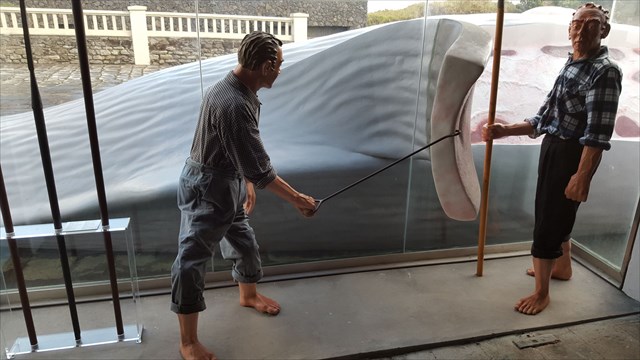
“A mais antiga Armação baleeira que sabemos ter existido na Região dos Açores, foi na Ilha das Flores e remonta ao ano de 1857. Ao que se julga só teria entrado em atividade dois ou três anos mais tarde.
Importa referir que a partir dos finais do séc XVIII, navios das frotas baleeiras de Nova Inglaterra, começaram a procurar os fundeadouros da Ilha para fazerem aguada, refrescarem e recrutarem elementos para as suas tripulações.
No início da década de 30, o Armador Maurício António de Fraga, da costa sul da Ilha das Flores, construiu no Porto das Lages das Flores, uma instalação designada por Casa da Baleia, que consistia num espaço coberto, em que foram montados dois “pots” de derreter, uma “cooler”, tanque de arrefecimento e decantação do azeite e no subsolo, foi construída uma enorme cisterna com capacidade de armazenagem da produção da campanha anual. Ao que sabemos, foi a única construção existente em todo o Arquipélago, neste género. É nitidamente uma tentativa pré-industrial, que uma década mais tarde, veio a acontecer na própria Ilha, e em mais três ilhas da Região.
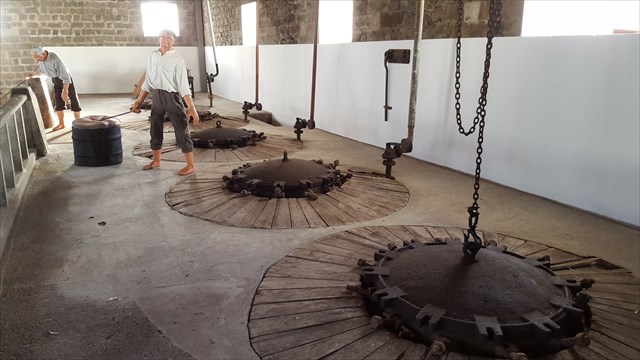
O marmoto que aconteceu no dia 25 de Setembro de 1940, destruiu as instalações artesanais de três Armações Baleeiras da Ilha, bem como de todo o equipamento de transformação e ainda toda a produção de azeite daquela campanha. O que estava armazenado em cisternas, junto à orla marítima, bem como o de duas outras Companhias baleeiras, que estavam em cascos sobre o cais, para exportação aguardando embarque para Lisboa. Foi uma cruel perda da justa retribuição dum ano de duras canseiras, duma penosa tarefa de riscos e de arrepiantes emoções, em que por vezes pagavam com a vida a coragem de desafiarem o mais poderoso e gigantesco animal do Reino de Neptuno.
Este acontecimento funesto, foi um rude golpe no principal sector da economia, da Ilha, naquela época. Fez mudar a orientação económica da baleação. Abreviou, e certamente acelerou o surgimento da fase industrial.
Foi projetada a construção duma grande fábrica contemplando a especificidade da ilha do seu isolamento e da sua vocação baleeira. A área coberta é de 1850 m2.
Concebida nos moldes da arquitetura Industrial dos anos 30, é um belo exemplar desse período de construção e de incontestável beleza, no que toca a linhas, volumetria e implantação, magnificamente enquadrado com a paisagem.

O afastamento geográfico das Ilhas do Grupo Ocidental, que é a maior distância constatada entre qualquer Ilha do Arquipélago, cerca de 140 milhas náuticas dificultava as comunicações com centros de abastecimentos.
Assim, todo o empreendimento visava a maior autonomia e independência na laboração de todos os sectores de apoio à indústria. Uma espécie de navio fábrica que encalhasse junto à costa da Ilha. Com a crise da II Guerra Mundial a procura de óleos de cetáceos foi enorme, resultando no aumento do preço deste produto, que disparou em flecha, atingindo valores da ordem dos 5$00 por Kg.
Esta fábrica, que era de grande modernidade na época, pela sua organização, é um exemplar único na Região certamente no País. Dividindo-se essencialmente em dois grandes sectores: Serviços de transformação e serviços de reparação e manutenção da frota de caça, equipamentos de laboração, incluindo o guincho a vapor, peça de grande raridade.
Assim, em Julho de 1943, entrou em laboração a Fábrica Baleeira do Boqueirão, pertença da Sociedade Reis e Flores Lda, que laborou até ao final de 1981, data em que foi interrompida a caça à baleia na ilha. Em 1983 foi adquirida pela Câmara Municipal de Stª Cruz das Flores, que pretendia utilizar uma parte do seu espaço e a restante ser aproveitada para fins culturais, e como polo de atração turística”.
In CADERNOS DE SOCIOMUSEOLOGIA
A BALEAÇÃO E A IDENTIDADE CULTURAL DUMA ILHA
João António Gomes Vieira
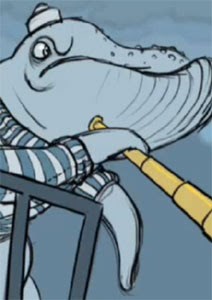
Centro de Interpretação Ambiental do Boqueirão
HORÁRIO
16 setembro - 14 junho ter a sábado > 14h00 - 17h30
Encerrado> dom | seg | feriados | ter carnaval | dom páscoa | 24 e 31 dez 15 junho
15 junho - 15 setembro todos os dias > 10h00 - 13h00 | 14h00 - 18h00
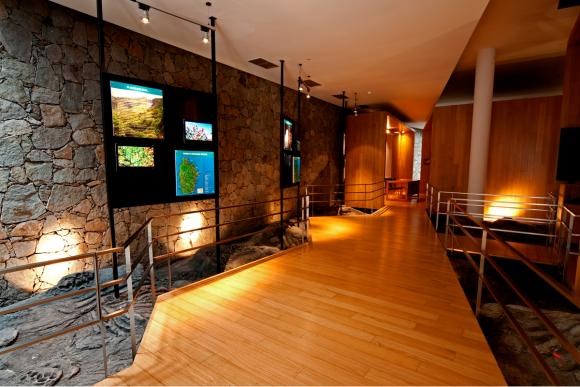
“O Centro de Interpretação Ambiental do Boqueirão inaugurado em Novembro de 2009, foi concebido nos tanques onde se armazenava o óleo de baleia que era derretido na fábrica. Este centro ocupa o espaço dos três tanques que pertenciam à fábrica "moderna" e que deixou de laborar em 1981.... Neste Centro existe umasala dedicada aos Cetáceos....
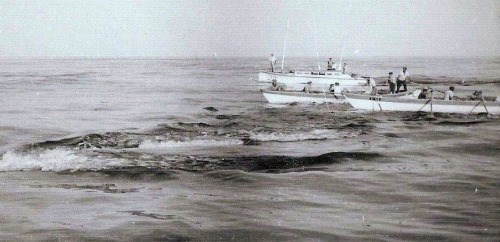
A proximidade de uma paisagem associada à memória da baleação na Ilha das Flores, de um porto de recreio e também de várias piscinas naturais, ainda sem qualquer intervenção humana são fatores que integram um turismo ambiental e de natureza como também um turismo de cultura e de ciência...”.
Marlene Nóia
Parque Natural das Flores
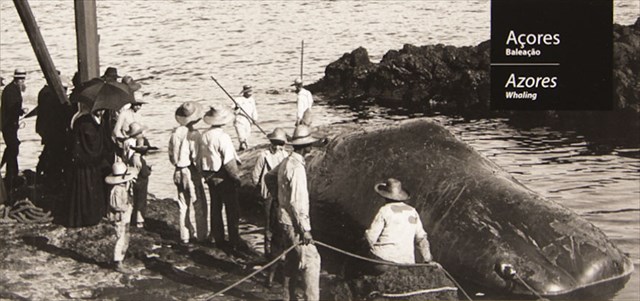

PARA ENCONTRAR A CACHE:
Esta letterbox é constituída por quatro pontos (três pontos virtuais, localizados em locais de grande importância para a História da Baleação na Ilha das Flores e um ponto físico – o GZ, outro local de grande importância na Vila de Santa Cruz). Três dos locais são de entrada paga!
WP1 -Antiga fábrica da Baleia e atual Museu da Baleia – A
- Deverá visitar para identificar a matrícula do bote baleeiro lá existente.
Matrícula: SF APB
WP2 – Centro Interpretativo do Boqueirão –
- Deverá visitar para identificar qual a parte em falta (B) do cetáceo que se
encontra no teto de uma das salas.
Cabeça: B=1; Cauda: B=2; Barbatana: B=3
- Número (C = X+22) de écrans (televisores) Xque existem na sala dos Cetáceos.
WP3 – Zona dos Caldeirões da antiga fábrica da baleia do Boqueirão –
Quantos caldeirões existem neste local? D
GZ
N 39º 27,(D-B-1)(C+D+A)
W 031º 07,(B+6)(C+D)

A CACHE:
Chegado ao local do GZ, deverá entrar, visitar e procurar pelo container “apropriado” ao tema (baleia azul), devidamente sinalizado com o símbolo de Geocaching.
A utilização do local está devidamente autorizada pela entidade competente.
Por favor, não postem fotos que possam denunciar a cache, nem o GZ.

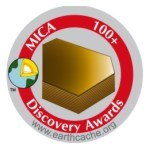

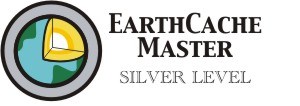
HISTÓRIA DA
BALEAÇÃO NAS FLORES
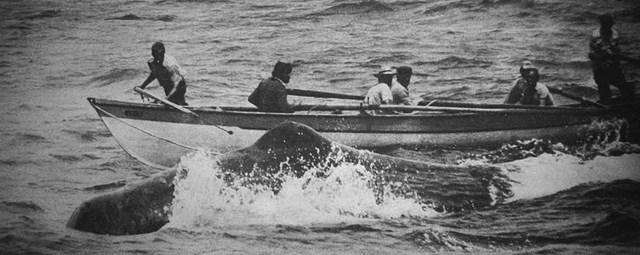
ENGLISH

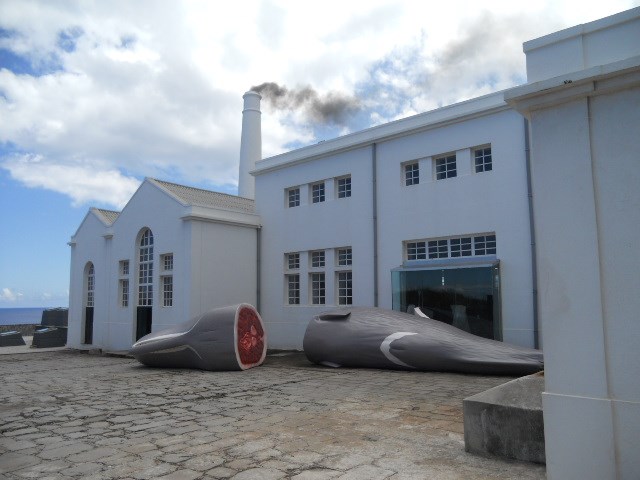
MUSEUM
FACTORY “BOQUEIRÃO” WHALE
SCHEDULE
Monday to Saturday – 9H00/12H00 e 14H00/17H00
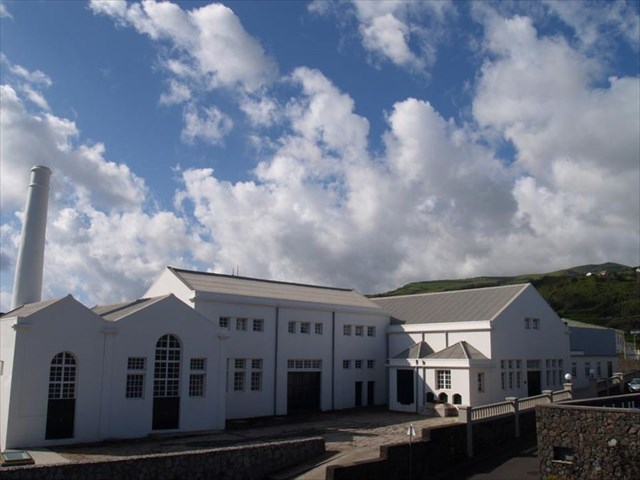
The “Whaling Factory of Boqueirão” is heritage of the Municipality of Sta Cruz das Flores, and was acquired by the city council with a view to preservation and enhancement of the memory of Whaling on the island, which had great reflexes in the local socio-economic reality and left marks indicated in the cultural landscape of island.
It is important to note that the factory in question (now Museum), is included in the Whaling circuit in the Guide for Cultural Routes of European Regions - Work published in 1990 (European Year of Tourism) under the auspices of the European Commission.
WHALING HISTORY IN FLORES ISLAND
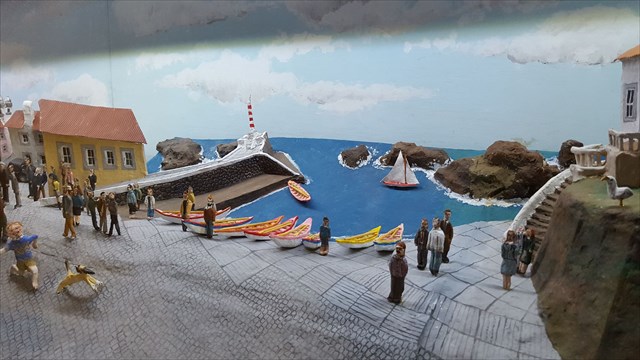
"The oldest whaling frame known to have existed in the Azores, was on the island of Flores and dates back to 1857. At that judges would only come into activity two or three years later.
It should be noted that from the late eighteenth century, ships of the whaling fleets of New England, began looking for the anchorages of the island to make watery, refresh and recruit elements to their crews.
In the early 30s, the Owner Mauricio Antonio Fraga, the south coast of Flores Island, built in Porto das Lages das Flores, a facility called Casa da Baleia, consisting of a covered space in which were mounted two " pots "to melt a" cooler ", cooling tank and decanting the oil and underground, a huge cistern was built with storage capacity of the annual campaign production. To our knowledge, we were the only existing construction around the archipelago, this genus. It is clearly a pre-industrial attempt, which a decade later came to pass in his own island, and three more islands of the region.
The marmoto that took place on September 25, 1940, destroyed the craft premises of three frames Dinghies Island, as well as all the processing equipment and even whole olive oil production that campaign. What was stored in tanks along the seafront as well as the two other whaling companies, which were in casks on the dock, waiting for export shipment to Lisbon. It was a cruel loss of just retribution of a year of hard toil, of a painful task and risk of chilling emotions that sometimes paid with life the courage to challenge the most powerful and gigantic animals of the Kingdom of Neptune.
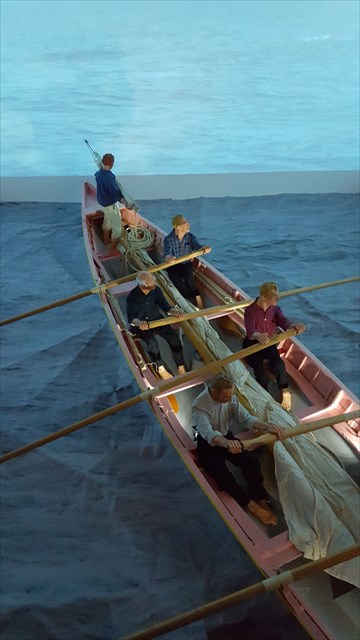
This fateful event was a major blow in the main sector of the economy of the island at that time. He did change the economic direction of whaling. He shortened, and certainly accelerated the emergence of the industrial phase.
It was projected the construction of a large factory contemplating the specificity of the island's isolation and its whaling vocation. The covered area is 1850 m2.
Designed along the lines of industrial architecture of the 30s, it is a fine example of this period of construction and undeniable beauty, when it comes to lines, volume and deployment, beautifully framed with the landscape.
The remoteness of the islands of the Western Group, which is the greatest distance found between any Archipelago Island, about 140 nautical miles hampered communications with supply centers.
Thus, the whole enterprise was aimed at greater autonomy and independence for working in all sectors of industry support. A kind of ship that ran aground factory on the coast of the Island. With the crisis of World War II the demand for whale oil was enormous, resulting in increased price of this product, which shot through the roof, reaching levels of around 5 $ 00 per kg.
This plant, which was of great modernity at the time, for its organization, is a unique example in the region certainly in the country Dividing essentially into two major sectors:. Transformation services and repair and maintenance of the fighter fleet, equipment laboring, including the steam winch, extremely rare piece.
So in July 1943, he entered in operation the Whaling Factory of Boqueirão, owned by the Society Kings and Flowers Lda, which labored until the end of 1981, when it was stopped whaling on the island. In 1983 it was acquired by the Municipality of Sta Cruz das Flores, who wanted to use part of your space and the balance being utilized for cultural purposes, and as a tourist attraction pole.
In “CADERNOS DE SOCIOMUSEOLOGIA
A BALEAÇÃO E A IDENTIDADE CULTURAL DUMA ILHA”
João António Gomes Vieira
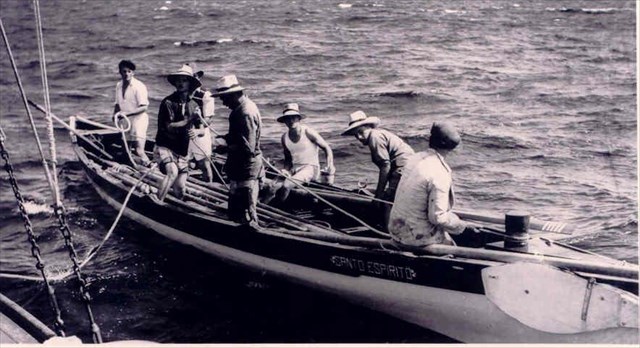
Environmental Interpretation Center of “Boqueirão”
SCHEDULE
September 16 to June 14 Tuesday to Saturday > 14h00 - 17h30
Closed> Sunday | Monday | holiday | Tuesday carnival | Easter Sunday |
June 15 to September 15 every day > 10h00 - 13h00 | 14h00 - 18h00

"The Environmental Interpretation Center of Boqueirão opened in November 2009, it was designed in the tanks where it stored the whale oil that was melted in the factory. This center occupies the space of three tanks belonging to the "modern" factory and left to labor in 1981. ...
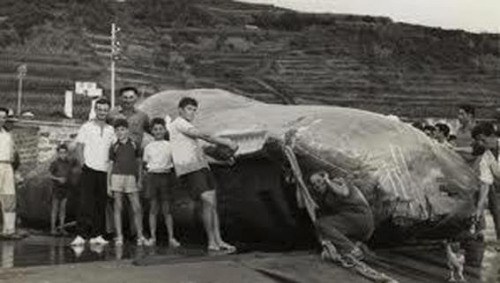
The proximity of a landscape associated with memory whaling in Flores Island, a marina as well as several natural pools, even without any human intervention are factors that make an environmental and nature tourism as well as a culture of tourism and science.... "
Marlene Nóia
Flores Natural Park

TO FIND THE CACHE:
This letterbox is made up of four points (three virtual points located in very important places to the Whaling History in the Flores Island and a physical point - the GZ, another place of great importance in the village of Santa Cruz).
Three of the sites are entrance fee!
WP1 -Former factory Whale and current Whale Museum - A
- You should visit to identify the registration of there existing whaling boat.
Filename: SF APB
WP2 - Interpretation Centre of the Boqueirão –
- You should visit to see which part missing from the cetacean (B), that
found on the roof of one of the rooms.
Head: B = 1 ; Tail: B = 2 ; Fin: B = 3
- Number of screens X (TV sets) that exist in the Cetacean roam. C=X+22
WP3 - Potholes area of the former factory of “Boqueirão” whale -
How many potholes exist in this place? D
GZ
N 39º 27,(D-B-1)(C+D+A)
W 031º 07,(B+6)(C+D)
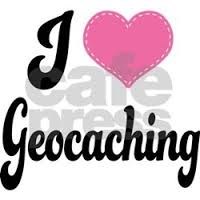
THE CACHE:
Arrived at the site of the GZ shall enter, visit and look for the "appropriate" container (blue whale) to the subject, clearly marked with the symbol of Geocaching.
Use of the site is authorized by the competent authority.
Please do not to post pictures that can report the cache, or the GZ.



